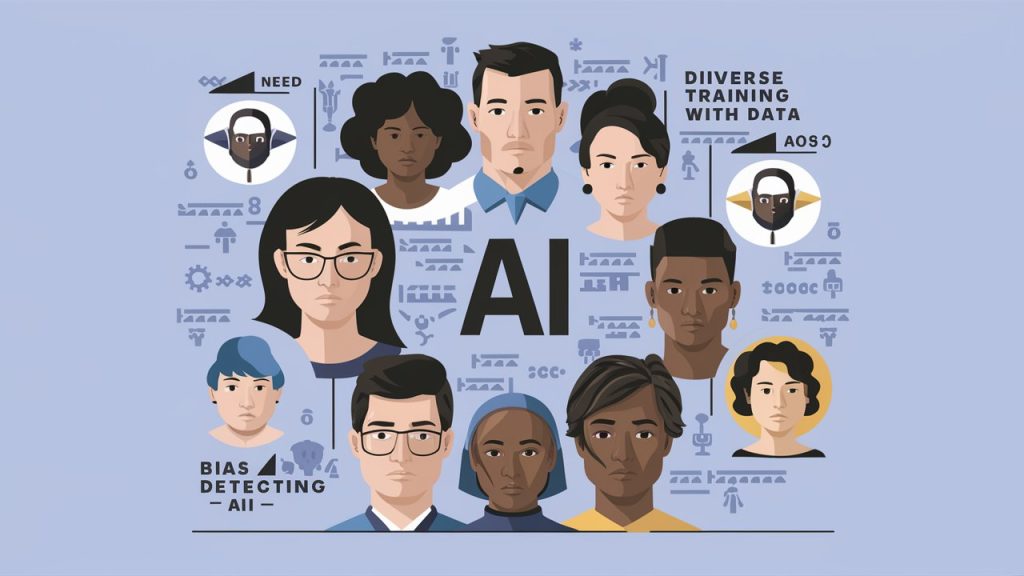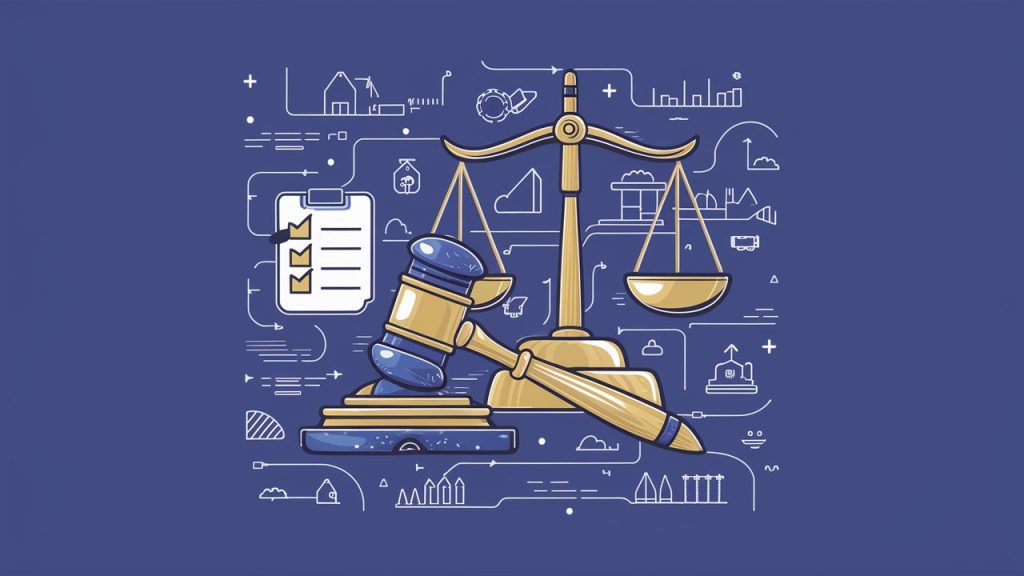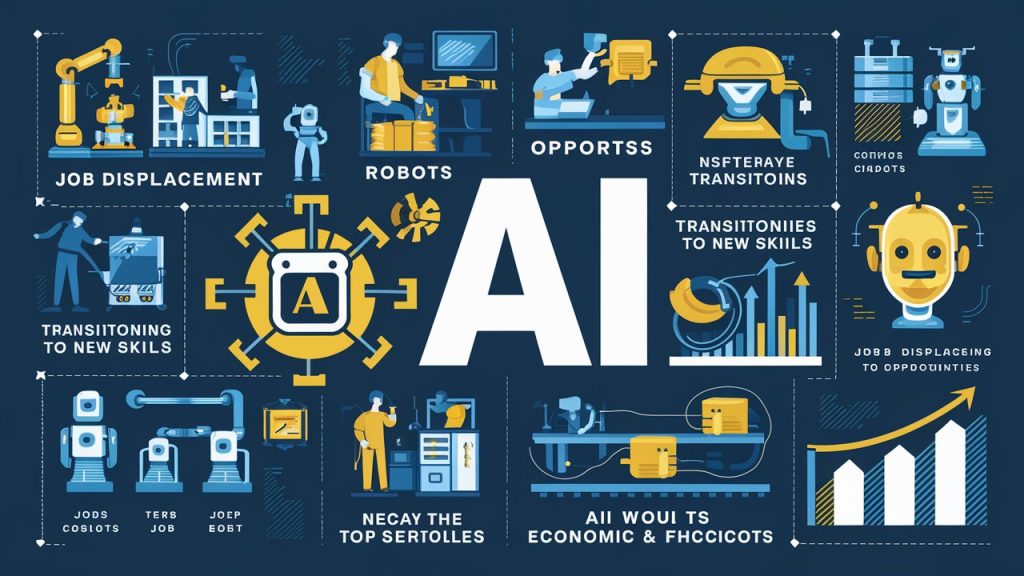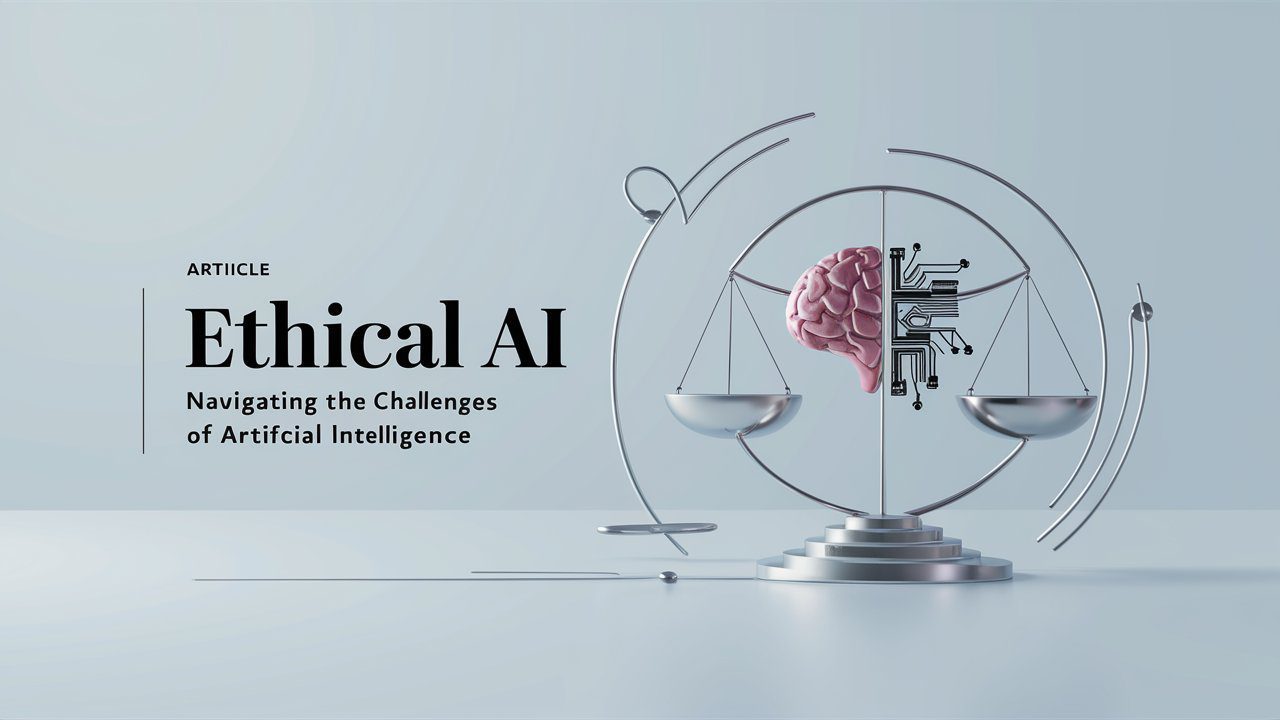Artificial Intelligence (AI) has the potential to revolutionize numerous aspects of society, from healthcare and education to transportation and finance. However, the rapid development and deployment of AI technologies bring significant ethical challenges that need to be addressed to ensure these technologies benefit society while minimizing potential harms. Here are the key Ethical AI challenges of AI and strategies for navigating them. Also Explore more about our company on [our homepage].
Bias and Fairness

The Challenge
From The Ethical AI, AI systems can perpetuate and even amplify existing biases present in the data they are trained on. This can lead to unfair treatment of individuals based on race, gender, socioeconomic status, and other characteristics.
Example: Facial Recognition Systems: Studies have shown that facial recognition systems often have higher error rates for people with darker skin tones due to biased training data.
Navigating the Challenge
- Diverse Training Data: Ensure training datasets are diverse and representative of all populations.
- Bias Detection and Mitigation: Implement algorithms to detect and mitigate biases in AI models.
- Regular Audits: Conduct regular audits of AI systems to identify and address biases.
Transparency and Explainability

The Challenge
Many AI models, particularly deep learning models, operate as “black boxes,” making it difficult to understand how they make decisions. This lack of transparency can erode trust and accountability.
Example: Healthcare AI: AI models used in healthcare for diagnosing diseases often lack transparency, making it challenging for medical professionals to trust and adopt these technologies.
Navigating the Challenge
- Explainable AI (XAI): Develop and use AI models that provide clear and understandable explanations of their decisions.
- Transparency Policies: Establish policies that require transparency in AI decision-making processes.
- Stakeholder Engagement: Engage with stakeholders to ensure they understand how AI systems work and their decision-making criteria. Dive deeper into our [blog posts] for in-depth insights and examples.
Privacy and Data Security

The Challenge
Also In the Ethical AI, AI systems often require vast amounts of data, raising concerns about privacy and data security. Unauthorized data access and breaches can lead to significant harm to individuals and organizations.
Example: Data Breaches: Instances where AI systems handling sensitive personal data have been compromised, leading to data leaks and privacy violations.
Navigating the Challenge
- Data Minimization: Collect only the data necessary for AI applications and ensure it is adequately anonymized.
- Robust Security Measures: Implement strong security measures to protect data from unauthorized access and breaches.
- Compliance with Regulations: Ensure AI systems comply with data protection regulations such as GDPR and CCPA.
Accountability and Responsibility

The Challenge
Determining accountability for decisions made by AI systems can be challenging, especially when these systems operate autonomously. This can complicate liability issues when AI systems cause harm.
Example: Autonomous Vehicles: When an autonomous vehicle causes an accident, it can be unclear who is responsible—the manufacturer, the software developer, or the owner of the vehicle.
Navigating the Challenge
- Clear Accountability Frameworks: Develop clear frameworks outlining the responsibilities and accountability of all parties involved in AI systems.
- Ethical Guidelines: Establish and adhere to ethical guidelines and standards for AI development and deployment.
- Liability Insurance: Consider liability insurance for AI systems to cover potential damages and legal issues. Discover our full range of [services] to see how we can bring your app vision to life.
Job Displacement and Economic Impact

The Challenge
From Ethical AI, AI and automation have the potential to displace a significant number of jobs, leading to economic inequality and social unrest. While AI can create new opportunities, the transition can be challenging for many workers.
Example: Manufacturing Automation: The increasing use of robots and AI in manufacturing has led to job losses in certain sectors while creating new roles that require different skills.
Navigating the Challenge
- Reskilling and Upskilling: Invest in reskilling and upskilling programs to help workers transition to new roles created by AI.
- Economic Policies: Implement economic policies that support workers affected by AI and automation.
- Inclusive Growth: Ensure that the benefits of AI are distributed fairly across society to prevent economic disparities.
Conclusion
Navigating the Ethical AI challenges requires a multifaceted approach involving diverse stakeholders, including technologists, policymakers, ethicists, and the public. By addressing issues of bias, transparency, privacy, accountability, and economic impact, we can harness the power of AI while ensuring it serves the best interests of society. Ongoing dialogue, regulation, and innovation will be essential to creating ethical AI systems that benefit all. [Contact us] today and let’s discuss your project in detail.

